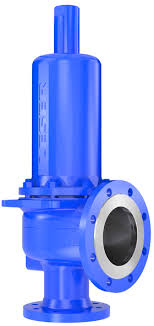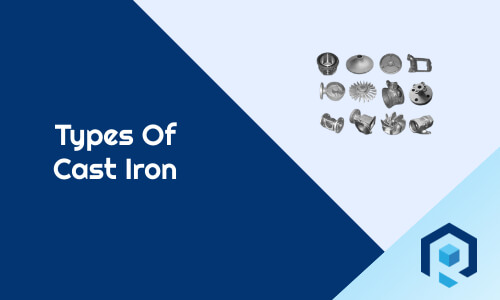Different types of control valves are used to control the flow and pressure of the liquid in a piping system. For example, a water tap is also a control valve that controls the flow of water. Let’s learn about different types of valves and their applications in this article.
What is Valve?
A valve is a mechanical device, which works to control pressure and flow by fully or partially opening the liquid passageways.
What does a Valve do?
- To turn on or off the flow of any substance.
- To increase or decrease the amount of flow of the substance.
- Maintaining temperature (via superheating valve)
- The direction of flow of the material is also changed with the help of valves.
- The pressure is regulated (more or less) as needed.
How to operate a control valve
Based on the types of control valve you choose there are different ways you can operate a control valve
- Manually ( Hand operated)
- Self operated
- Pneumatic or hydraulic operated
Different Types of valves
- Gate Valve
- Globe Valve
- Butterfly Valve
- Ball Valve
- Plug Valve
- Pinch Valve
- Needle Valve
- Check Valve
- Pressure Relief valve
1. Gate Valve
Gate valve is a linear motion multi-turn control valve that is widely used in many applications. They work by moving the wedge shape disk up and down and controlling or opening the flow.
These valves can be used in almost all types of flow. Like Steam, Air, Water, Lune Oil, Hydrocarbon, etc. The biggest advantage of a gate valve is that there is almost none to minimum pressure loss.
Application:
- The oil and gas industry
- Pharmaceuticals
- Manufacturing
- Automotive
- Marine.
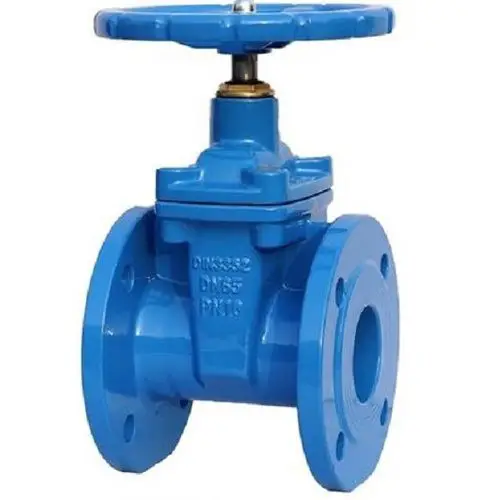
2. Globe Valve
It is applied in that type of system, where more high pressure has to be controlled. With the help of a globe valve, the pressure can be increased or decreased along with the closed current (pressure can be regulated).
Apart from this, this valve keeps the pressure of the system closed very well with leakage-proof means. As per the cost point of view, the globe valve is more costly than the gate valve.
Application:
- Cooling water systems
- Fuel oil systems
- Feedwater or chemical feed systems
- Boiler and main steam vents and drains
- Turbine lube oil system, and others.
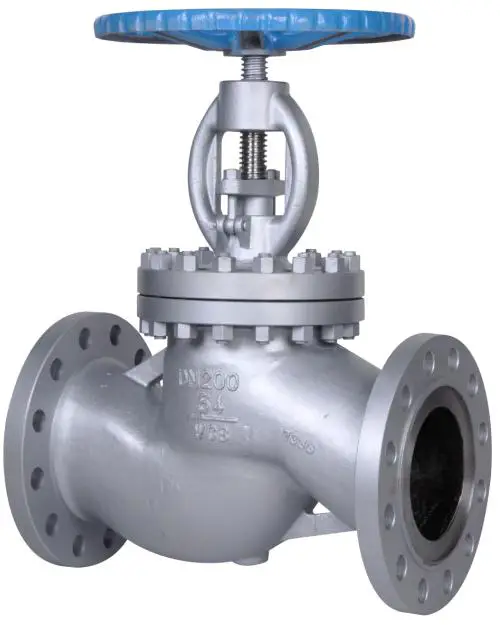
3. Butterfly Valve
This valve is a quarter-turn rotary motion valve. Butterfly valves are used to stop, start and regulate (more or less) the flow. The biggest advantage of this valve is that due to their body being very thin, it is very easy to fit them between any pipeline. Apart from this, it is also light in weight.
Application:
- Cooling water, air, gases, fire protection
- Slurry, and similar services
- Vacuum service, High-pressure
- High-temperature water and steam services
- Compressed Air or Gas Applications.
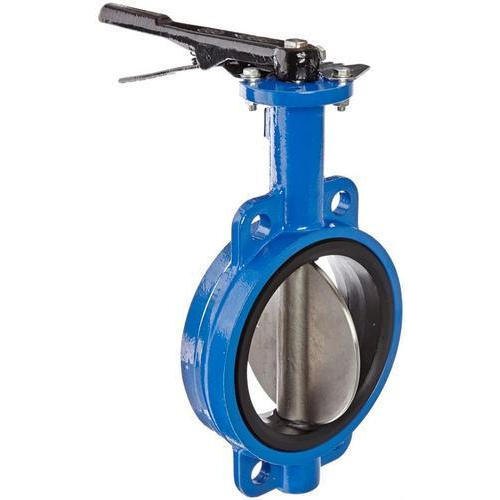
4. Ball Valve
The ball valve is a flow control device that uses a hollow, perforated and pivoting ball to control the flow of liquids through it. The handle is flat when flow is open and is perpendicular when the flow is closed.
Application:
Ball Valves are used for flow and pressure control and shut off for corrosive fluids, slurries, normal liquid, and gases. They are used in the oil and natural gas industry, but also find a place in many manufacturing sectors, chemical storage, and even residential uses.
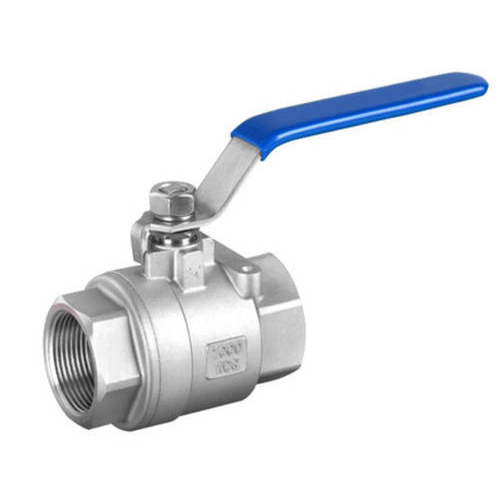
5. Plug Valve
Its valve is used as an on-off valve, but its disc is significantly different from other valves. The disc of these valves is in a plug shape, that is why they are called plug valves. Plug valves are used in vacuum, high pressure, high temperature.
Application
- Oil piping systems
- High-pressure & Extreme temperature flow systems
- Chemical servicing
- Corrosive substances processing
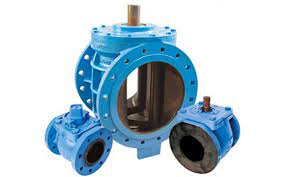
6. Pinch Valve
A pinch valve is also known as a clamp valve. This is a linear motion valve and in the pinch valve, there is a rubber tube inside so, with the help of this tube the flow is controlled in the pinch valve. In this valve, we can also use solid material for control.
Application:
- Bulk and solids handling
- Cement industry
- Waste water industry
- Chemical industry
- Food industry
- Beverage industry
- Ceramic-/Glass-/Plastic industry
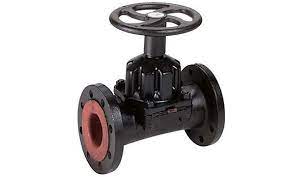
7. Needle Valve
It is completely like a globe valve, but there is some change in the disc in the needle valve. Its disc is pointed exactly like a needle. It is used more where the control of the float is absolutely necessary. A needle valve is also used to control oil, water, steam, air, gas.
Application:
- Automatic combustion control systems
- For precise flow regulation is necessary.
- Most constant pressure pump governors have needle valves to minimize the effects of fluctuations in pump discharge pressure.
- Used in situations where the flow must be gradually halted
- Needle valves can also be used as on/off valves or for throttling service.
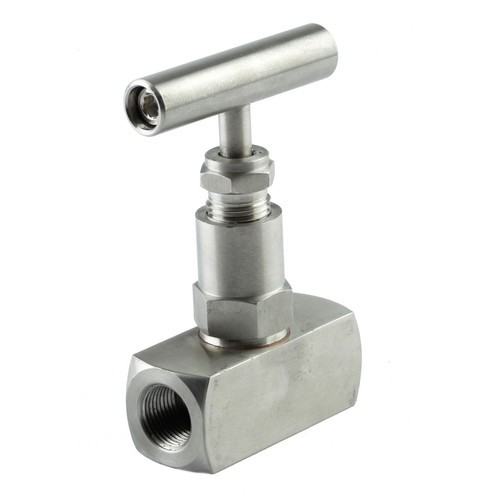
8. Check Valve
This check valve is one of the quite important valves. This valve allows the material to flow in only one direction. Meaning that this valve will allow the pressure to flow from one direction and if the pressure returns from the same line, then it stops it.
And does not allow the pressure to flow back and forth. Check valves are used in many places. Most check valves will be located on the outlet side of the pump. With the help of these valves, the pump is protected from backflow.
Application:
- Process
- Mining
- Food & Beverage
- Oil & Gas
- Pharmaceutical
- Power
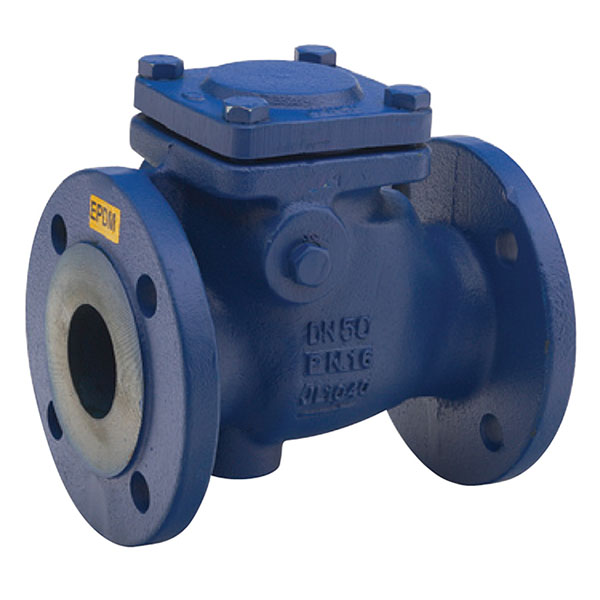
9. Pressure Relief Valve
These valves are used for safety. This is an automatic operating valve, these valves are used to protect the pressure in the pipe system or any machine. If the pressure in the system becomes too high, this valve automatically opens and takes out the pressure of the system
Application:
The Pressure relief valve is used to limit the pressure within the desired value and allows the discharge of the excess flow to the tank. It can be easily assembled in special cavities or in integrated blocks. It is a direct-acting type.
